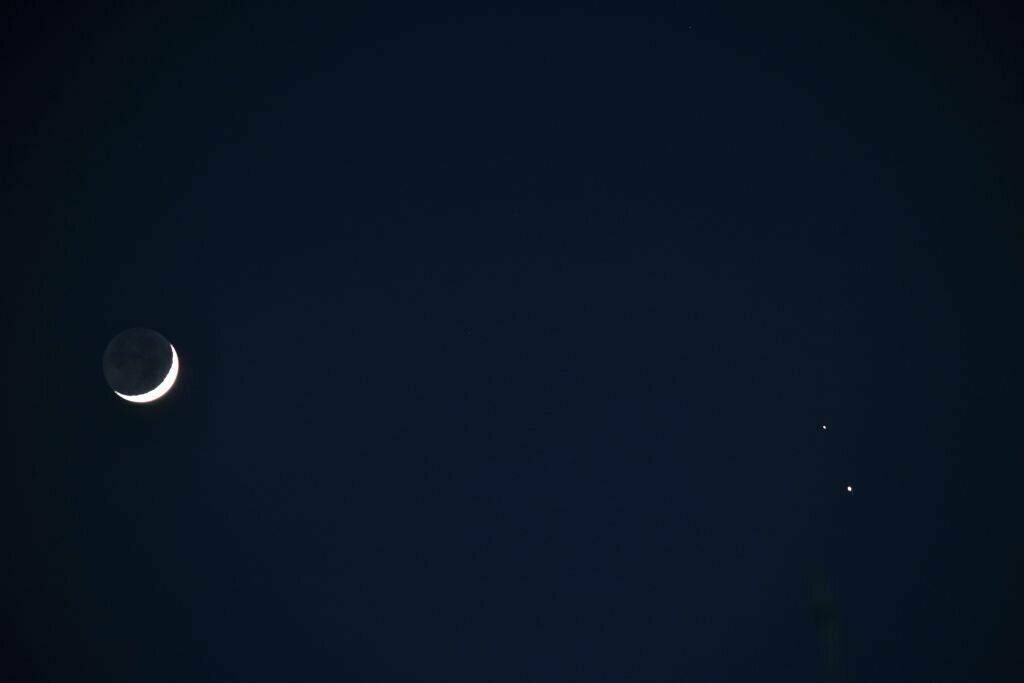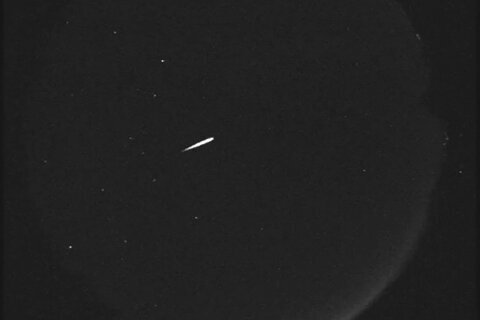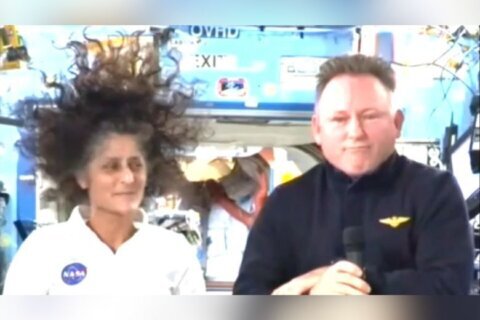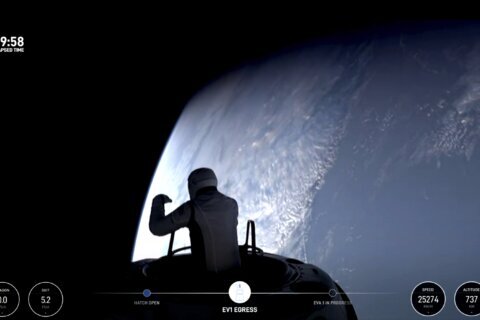
During the winter solstice Monday, Saturn and Jupiter will align so closely that if you don’t have perfect eyesight, they’ll look like one huge star about one-fifth the diameter of the moon in the southwest sky.
“It’s already a spectacle to observe them even today or tomorrow,” said Nahum Arav, a physics professor and astronomer at Virginia Tech.
Because the event is rare and the opportunity for cloudy weather so great, Arav encourages anyone who’s interested not to wait until Monday, Dec. 21.
“I want to stress that it will be almost just as good on the 20th and the 22nd,” Arav said.
You can see the planetary display from any open spot low on the southwest horizon as soon as it gets dark, and then only for about an hour before the planets set.
Observing that there are many phenomena in astronomy, Arav said he ranks this as one of the more spectacular for numbers of reasons.
“You have two of the brightest planets in the sky appearing that close to each other — that is very rare and will be once in our lifetime,” Arav said. “We won’t have another opportunity to see them that close together.”
And, it’s very accessible as long as you have an open southwestern skyline; you don’t need to go to an especially dark place, or use binoculars or a telescope.
If you do go for magnification, however, prepared to be wowed.
When the planets appear closest together on Dec. 21, Arav predicts “something that is totally spectacular” will be visible using a small telescope, even a bird-spotting telescope.
In one field of view, you’ll be able to see Saturn and its rings, and Jupiter with its satellites, the four moons that Galileo viewed in the 17th century.
This happening so close to Christmas has some people referencing the lore of the “star of Bethlehem,” mentioned in Scripture as heralding the birth of Jesus Christ.
“Unfortunately, I think that the conclusion is that this specific event did not happen and was not observable about the time of the birth of Christ,” Arav said, noting that models of the solar system do not show something similar occurring around 0 A.D.
Though the planets will appear to line up on a two-dimensional plane from our viewpoint, in three dimensions, they’re actually separated in space by about 450 million miles.
It’ll be March 2080 before what’s unofficially known as the Great Conjunction happens again. The last time the double-planet effect was closer and in plain view from Earth was 1226. The Jupiter-Saturn pairing also appeared close in 1623, but it wasn’t visible from Earth.








